Rotary Renewable Generation
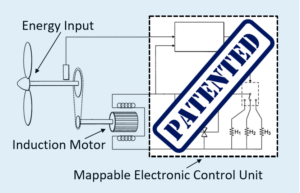
Turning common induction motors into efficient, economic, low-maintenance, gearless electrical generators
Developed by world-class researchers from the University of Oxford Department of Physics
How it works
- Renewable energy source drives induction motor
- Automatic mechanical impedance matching of the motor to a source
- Motor’s inherent magnetic non-linearity exploited
- Optimum power harvesting over a range of speeds
Successful scaled-down 10 kW wind turbine prototype with thousands of hours of maintenance-free operation
Advantages
Utilises Existing Induction Motor Technology
- Highly cost-effective and competitive
- High-performance motors optimised through years of engineering
- Scalable: Induction motors available from 1 kW to over 10 MW sizes
- Rugged and Reliable: Capable of working in harsh conditions
- Low maintenance: Only two moving parts
- No rare-earth metals
- No corrodible commutator
Quality Product with Improved Community Acceptability
- Noiseless electrical gearbox
- Replaces noisy, vulnerable mechanical gearboxes
- Automatically extracts maximum available power
- Efficient, cost-effective power from wind or water
- On- and off-grid generation High community acceptability
- Urban planning friendly
- Reduced head weight
Patents Granted: Brazil; China; Europe; India; & US
Applications
The Grid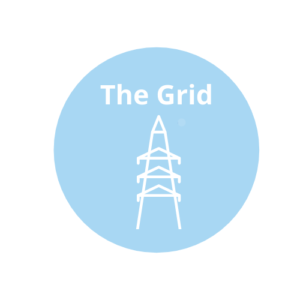
- Integration into the grid
Achieves UN SDGs: Goal 7, Goal 9, Goal 13
Heat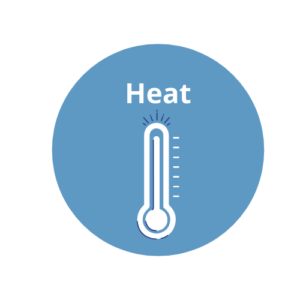
- Drives heating systems: domestic; agricultural; horticultural; and general commercial
Achieves UN SDGs: Goal 9, Goal 13
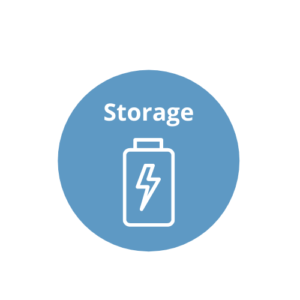
Thermal Energy Storage
- Surplus electricity heats water
- Compensates for supply and demand fluctuations
Achieves UN SDGs: Goal 7, Goal 9, Goal 13
Pumped Hydroelectric Storage
- Surplus electricity pumps water to an elevated tank
- Compensates for supply and demand fluctuations
Achieves UN SDGs: Goal 7, Goal 9, Goal 13
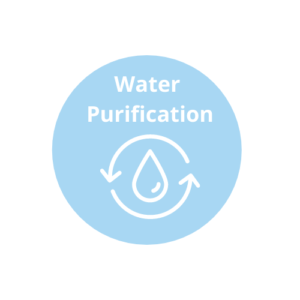 Water Purification
Water Purification
- Electricity heats water
- Water diffuses through the membrane and condenses
- Impurities removed
- Clean, drinkable water produced
Achieves UN SDGs: Goal 6, Goal 9
Achieves UN Sustainable Development Goals: Goal 6 Clean Water and Sanitation; Goal 7 Affordable and Clean Energy; Goal 9 Industry, Innovation and Infrastructure; Goal 13 Climate Action.
For further information please contact: enquiries@innovation.ox.ac.uk
about this technology

